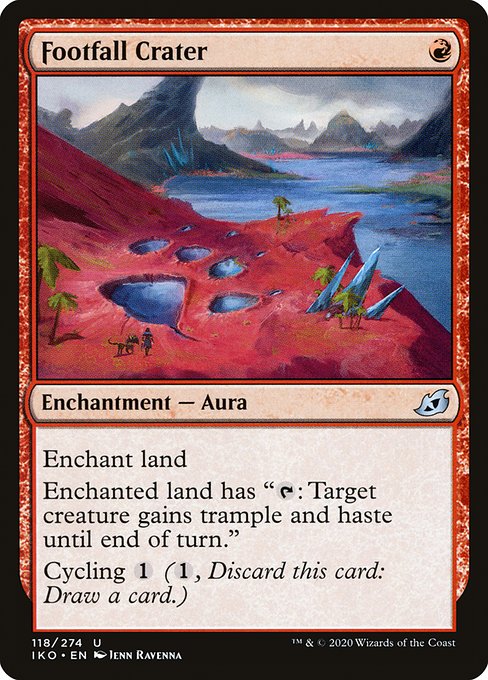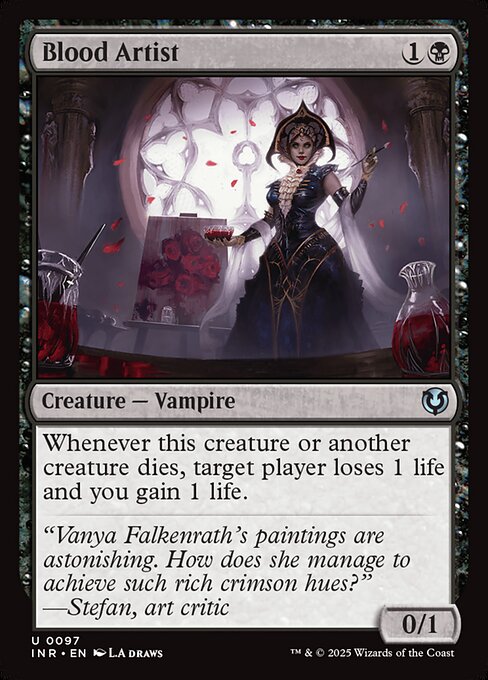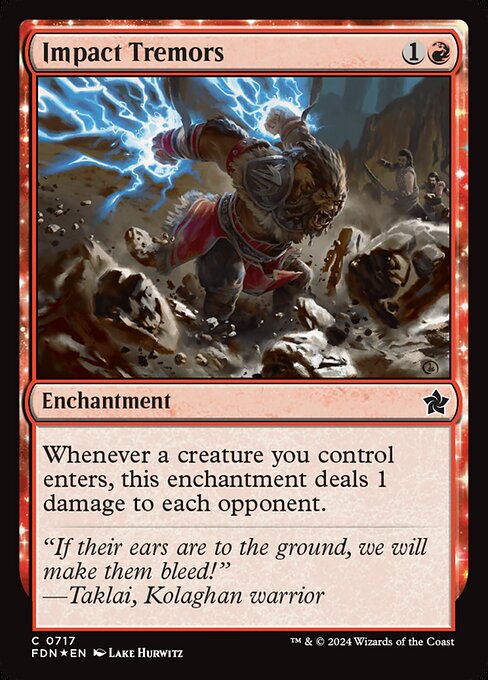Deck & Commander Strategies

Elsha, Threefold Master
Focuses on casting multiple instant and sorcery spells each turn to trigger prowess and draw cards, enabling quick growth of board presence and control through spell synergy.

Teval, the Balanced Scale
Utilizes graveyard milling and recursion to control the game state, leveraging cards like Hedron Crab and Nox Weaver alongside powerful graveyard-centric cards to outvalue opponents.

Zurgo Stormrender
Employs token generation and sacrifice mechanics to drain opponents' life and maintain card advantage, combining aggressive combat with incremental damage and card draw.

Eshki, Temur's Roar
Leverages large, hasty dragons and combat-focused synergies to apply rapid pressure, aiming to overwhelm opponents with big, evasive threats supported by haste enablers.
Gameplay Insights
- 1
Zurggo's use of mobilize to create attacking warrior tokens that draw cards upon sacrifice allowed continuous pressure and card advantage.
- 2
Elsha's player maximized prowess triggers with cheap spells and Footfall Crater to quickly grow her board and apply lethal combat damage.
- 3
Teval's milling strategy effectively stocked the graveyard with high-impact cards, enabling recursion loops with Nox Weaver and synergy with Alter of Dementia.
- 4
Eshki's deck capitalized on hasty dragons and combat tricks to maintain tempo and threaten fast wins, exemplified by including Craterhoof Behemoth for explosive finishers.
- 5
Players trimmed high-cost cards that were difficult to cast or synergize in favor of more consistent, tempo-oriented upgrades to improve early game performance.
Notable Cards
-

Elsha, Threefold Master
-

Teval, the Balanced Scale
-

Zurgo Stormrender
-

Eshki, Temur's Roar
-

Hedron Crab
-

Footfall Crater
-

Craterhoof Behemoth
-

Blood Artist
-

Impact Tremors
-

Loyal Apprentice
Gameplay Summary
The game began with players deploying their upgraded Tarkir Dragonstorm precon decks, each featuring unique strategies and thematic upgrades.
Early turns saw the use of mana-fixing lands like Command Tower and Hedron Crab to facilitate smooth ramp and graveyard milling, particularly benefiting Teval's Sultai deck focused on graveyard interactions and recursion.
Zurggo's Mardu deck leveraged token creation and sacrifice synergies to chip away at opponents' life totals, while Elsha's Jeskai deck centered around casting multiple spells per turn to trigger prowess and draw cards, rapidly growing her board presence.
Eshki's Temur deck focused on deploying large, aggressive dragons with haste to pressure opponents quickly. Key moments included Zurggo generating attacking warrior tokens and drawing cards as he sacrificed them, establishing a steady flow of resources and incremental damage.
Elsha's player utilized Footfall Crater to grant haste and trample to creatures, enabling explosive combat turns that triggered prowess multiple times.
Meanwhile, Teval's player executed a mill strategy using Hedron Crab and Teramorphic Expanse to fill the graveyard with valuable cards like Alter of Dementia, facilitating recursion with cards like Nox Weaver.
Eshki's player emphasized big, hasty dragons such as Bailfire Dragon and Craterhoof Behemoth to close out games swiftly.
The interplay of token generation, graveyard synergy, and spell casting prowess created dynamic board states, with the game hinging on maintaining tempo while disrupting opponents' plans.

















![Tarkir: Dragonstorm PACK TACTICS ft. Teval, Felothar, Eshki, Zurgo [ EDH / Commander Gameplay ] thumbnail](https://i.ytimg.com/vi/hZuA4Kdlt04/sddefault.jpg)













